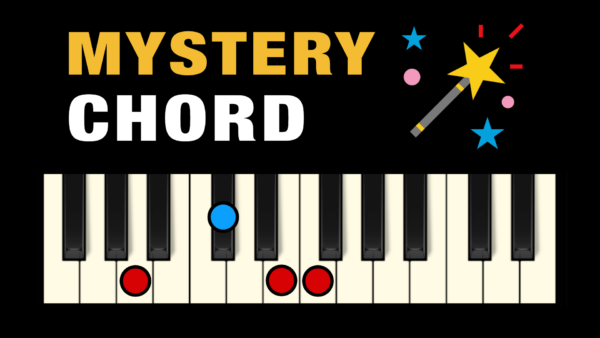 There is a chord in music that I call “The Mystery Chord”, because it has this great effect of adding a mysterious tone to your music, while still having that light magic character.
There is a chord in music that I call “The Mystery Chord”, because it has this great effect of adding a mysterious tone to your music, while still having that light magic character.
You can hear this chord used a lot in the Elvish music language in the Lord of the Rings Soundtrack, especially in the “Rivendell” theme.
What is the Mystery Chord?
You simply start with a major triad in root position. Let’s say we use A as our key. That gives you a C# and an E, to complete your major triad. Then you add the note just above the 5th, in this case an F. And let’s call that a flat 6.
So what you just created is a Major (add b6) chord. And if you play these notes up and down in an arpeggio style, you instantly get that magical mystery vibe.
Now the main reason for the “light mood vs mystery” is because you combine the uplifting mood of a major triad, with the tension from the semitone interval between the perfect 5th and the added b6.
However, this is important if you are a music theory nerd. I want to point out that technically this chord does not exist. At least if you use traditional chord naming conventions from music theory.
However, I like to break the naming rules, when I feel it makes sense. But technically this chord is in fact an F Maj 7 (#5), in first inversion.
The reason I call it a Major (add b6), is because when I play the bass with my left hand in octaves, I really hammer home the A as the root note of the chord, making it an A Major triad, that I then add a flat6 on top of. That is how I see it.
But it doesn’t matter what you label the chord as, the true power is using it in your music for adding that magical, mysterious, but still light atmosphere, similar to the Elvish music in Lord of the Rings.
